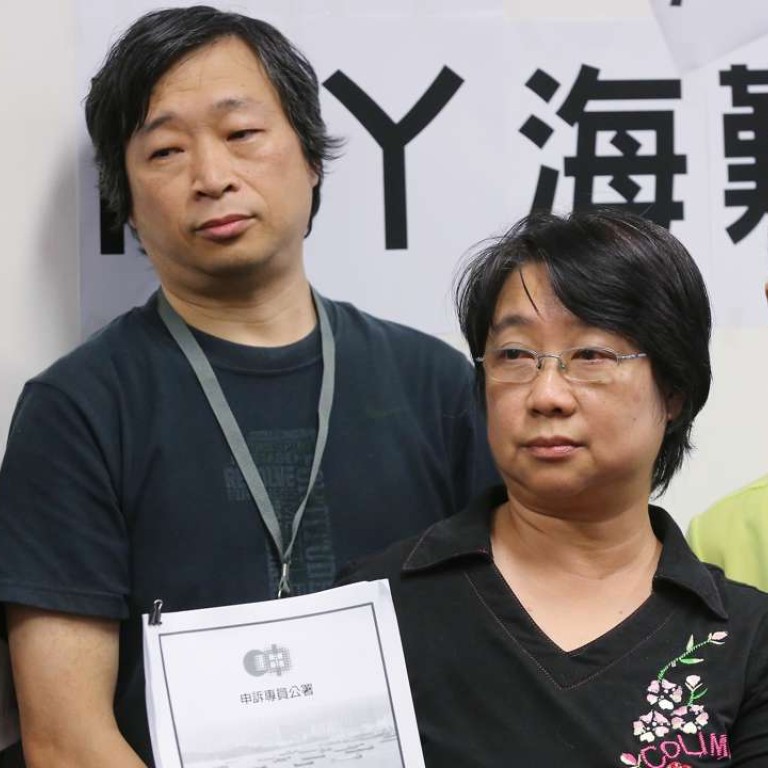
A decade of malaise contributed to the deaths of 39 people in Lamma ferry disaster, families say
Relatives speak out after damning report by the Ombudsman last week said Marine Department delayed pursuing stringent follow-up action for several years after completing investigation reports into previous incidents
The families of several victims in the 2012 Lamma ferry collision believe the disaster could have been prevented if marine officials had conducted proper follow-up work on their marine accident investigations in the decade leading up to it – a problem laid bare in a damning report by the Ombudsman last week.
Democratic Party lawmaker James To Kun-sun, who has been helping the families, said an internal government probe and further criminal investigation were necessary.
He is to meet with high-level officials from the marine police this week.
“If we have to give a statement to file another police report, we will. We’ll just give them this,” To said, pointing to the Ombudsman’s report, published last week, which pointed to at least five cases since 2005 in which the Marine Department had delayed pursuing stringent follow-up action for several years after completing an investigation report.
The watchdog’s probe was initiated in light of the Lamma disaster, which killed 39 people.
In the most serious delay, the department took over eight years upon completion of a report to take retrospective action.
Follow-up action on four cases was finally taken in July 2014 only after the Ombudsman put in a request for the department to search and collate its old records. And even when the department did follow up, the watchdog observed it had a tendency to omit recommendations.
This occurred in at least 11 out of the 114 marine incident investigations undertaken between January 2005 and May 2013. The Ombudsman also slammed the department for poor and confusing record keeping.
“We would really like to thank the Ombudsman for showing how the Marine Department really works ... how frightening their system is,” said Irene Cheng, whose 24-year-old son Thomas Koo Man-cheung died in the tragedy.
Another victim surnamed Au, whose daughter perished in the accident and who has never spoken out on the matter before, said he was angered into coming out to speak after reading the Ombudsman’s report.
“I really don’t know what this government is up to,” he said. Cheng pointed to a 2000 incident – cited in the Ombudsman report – in which a government vessel sank in a dockyard after water entered its hull. A probe later found its watertight bulkheads were not intact.
While a probe had already recommended the department inspect watertight bulkheads on all vessels of that class, the report had “cast doubt on whether the department had fully implemented the recommendations of incident investigation reports”.
More than a decade after the 2000 sinking, it was found that one of the vessels in the Lamma collision was not fitted with a watertight door, resulting in water ingress and rapid sinking of the vessel after the collision.
Cheng said she hoped the government would look into the matter and consider all evidence over the decade, as those that failed to carry out their duties could also have had a hand in causing the 2012 disaster.
“This is certainly a new perspective,” To said.
“God gave us a chance to save future lives in 2000, but [the Marine Department] did not [act].”
The department last week said it accepted the watchdog’s recommendations and agreed that follow-up work on incident reports needed to be improved.
“The recommendations will help us further refine our regulatory functions and operational processes,” a spokesman said.

